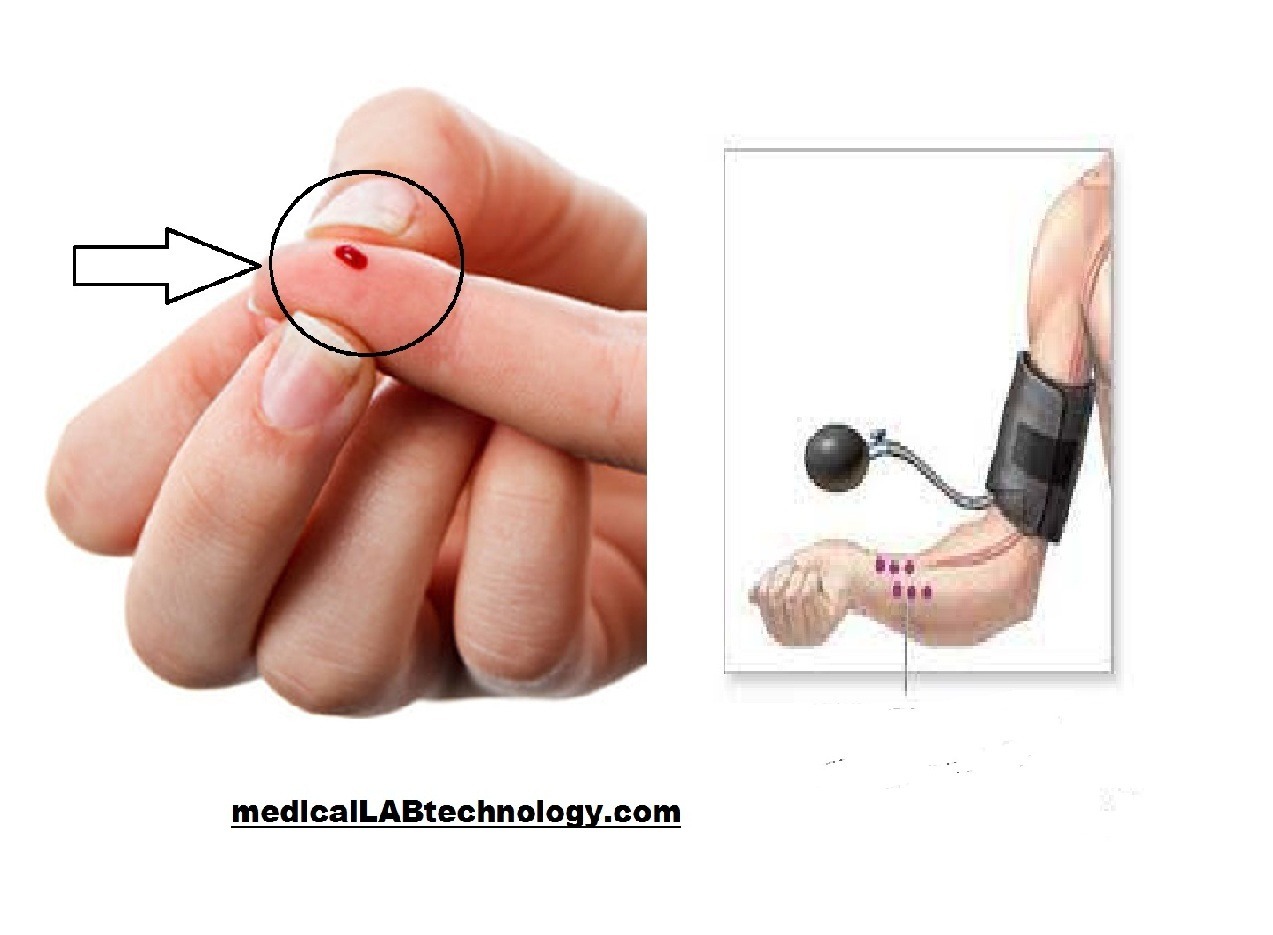Bleeding time duke method procedure
Bleeding time or BT is used to assess the ability of blood to clot by measuring the time it takes for bleeding to stop after a standardized skin puncture. It provides information about platelet function and the initial phase of hemostasis. During bleeding, platelets adhere to the damaged blood vessels, aggregate together, and form a … Read more




